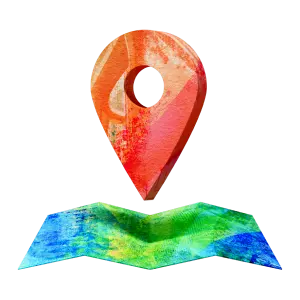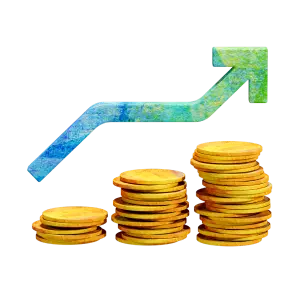태국 바트 (THB)
태국 바트는 태국 통화입니다. 통화 코드는 THB이며 ฿ 기호로도 표시됩니다. 바트는 세계에서 가장 자주 사용되는 10번째 통화이며, 동남아시아에서 가장 강력한 통화 중 하나입니다. 태국 바트는 유로화로 가장 많이 환전됩니다. 태국 바트의 유효 환산 숫자는 6자리이며 명목 화폐입니다.
통화명
태국 바트
통화 기호
฿
THB 환율
불공정한 환율에 주의하세요.종종 은행과 기존의 공급업체는 실제 환율보다 높게 표시하여, 추가적인 수수료를 부과합니다. 스마트한 기술을 갖춘 Wise는 언제든 훨씬 더 효율적이고, 더 좋은 환율을 제공합니다.
| 이름 | 태국 바트 (THB) |
|---|---|
| Symbol | ฿ |
| Minor Unit | Satang |
| Minor Unit Symbol | สตางค์ |
| Notes Freq Used | ฿20, ฿50, ฿100, ฿500, ฿1000 |
| Coins Freq Used | ฿1, ฿2, ฿5, ฿10 |
| Central Bank | Bank of Thailand |
| 사용자 | Thailand, Laos, Cambodia, Myanmar |
Facts Table for 태국 바트 (THB)
Currency evolution in Thailand traces back to the Rattankosin era, marking the official issuance of standardised factory-made coins and banknotes. Paper money made its debut in 1853 through royal promissory notes, followed by banknotes from foreign banks. The year 1857 saw Thailand acquiring its inaugural minting machine, initiating the minting of Thai silver coins. Streamlining coinage occurred in 1897, condensing the 11 denominations into two—satang and baht—under a decimalized silver standard system.
Thai Baht and International Currencies
The Thai Baht was initially pegged to the British Pound at a fixed rate of 8 TBH to 1 GBP until 1880. Subsequently, this rate underwent several adjustments, linking the Baht to the Japanese Yen at par during World War II. Post-war, it was pegged at 20.8 Baht per 1 US Dollar, transitioning to 20 Baht per US Dollar in 1978 and then to 25 Baht in 1984.
A financial crisis struck Thailand in 1997, causing a 50% devaluation of the Baht and compelling the adoption of a floating exchange rate system. Following this economic collapse, the Thai Baht eventually stabilised.

Thai Baht Modern History
Despite its official use limited to Thailand, the Thai Baht is informally utilised in Laos, Cambodia, and Myanmar.
On December 19, 2006, the Bank of Thailand implemented exchange controls that led to substantial differences between offshore and onshore exchange rates, resulting in spreads of up to 10 percent between these markets. However, these controls were largely lifted by March 3, 2008, erasing significant disparities between offshore and onshore exchange rates.